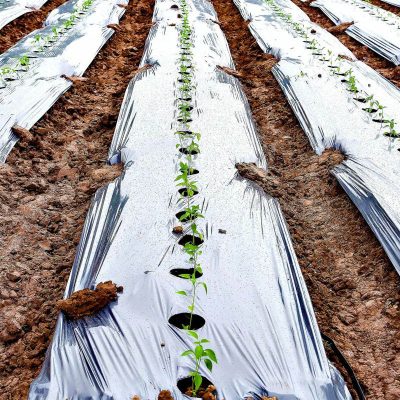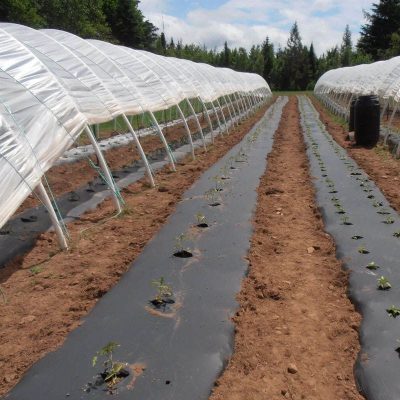To maximize plant health and yield when using plastic grow bags, consider implementing the following tips and techniques:
- Quality Potting Mix: Start with a high-quality potting mix that provides good drainage, aeration, and nutrient content. Avoid using heavy garden soil, as it may lead to poor root development and drainage issues.
- Adequate Drainage: Ensure that your plastic grow bags have sufficient drainage holes at the bottom. This helps prevent waterlogging and allows excess water to drain out, preventing root rot.
- Proper Watering: Water your plants consistently, ensuring the soil remains evenly moist. Plastic grow bags can dry out faster than in-ground plantings, so monitor the moisture levels closely. Water when the top inch of soil feels dry, but avoid overwatering, which can suffocate the roots.
- Fertilization: Regularly fertilize your plants to provide them with essential nutrients. Use a balanced, water-soluble fertilizer specifically formulated for container plants. Follow the manufacturer’s instructions for application rates and frequency.
- Mulching: Apply a layer of organic mulch on top of the potting mix to help conserve moisture, regulate soil temperature, and suppress weed growth. This also adds nutrients to the soil as the mulch breaks down.
- Staking and Support: Some plants, especially vining or tall varieties, may require staking or support to prevent them from toppling over or sprawling. Use stakes, trellises, or cages to provide support and train the plants as they grow.
- Pruning and Thinning: Regularly prune and thin out your plants to maintain optimal plant health and productivity. Remove dead, damaged, or diseased foliage promptly. Thin out overcrowded growth to improve air circulation and prevent disease spread.
- Proper Spacing: Be mindful of plant spacing to avoid overcrowding in the grow bags. Overcrowding can lead to competition for resources, poor air circulation, and increased disease risk. Follow recommended spacing guidelines for each plant variety.
- Monitor Pests and Diseases: Regularly inspect your plants for signs of pests or diseases. Identify and treat any issues promptly to prevent them from spreading. Use organic pest control methods whenever possible to minimize chemical exposure.
- Rotate Crops: To reduce the risk of disease buildup and nutrient depletion, rotate your crops between grow bags or different areas of your garden. This helps break pest and disease cycles and improves overall soil health.
- Adequate Sunlight: Ensure your plastic grow bags receive the appropriate amount of sunlight for the specific plant’s requirements. Most plants thrive with at least 6 hours of direct sunlight per day. Monitor the light levels in your garden and adjust the placement of the grow bags accordingly.
- Regular Inspection and Maintenance: Continuously monitor your plants for any signs of stress, nutrient deficiencies, or other issues. Address problems promptly to prevent them from impacting plant health and yield.
By implementing these tips and techniques, you can maximize the health and productivity of your plants when using plastic grow bags. Stay attentive to your plants’ needs, provide proper care, and make adjustments as necessary to create an optimal growing environment.








